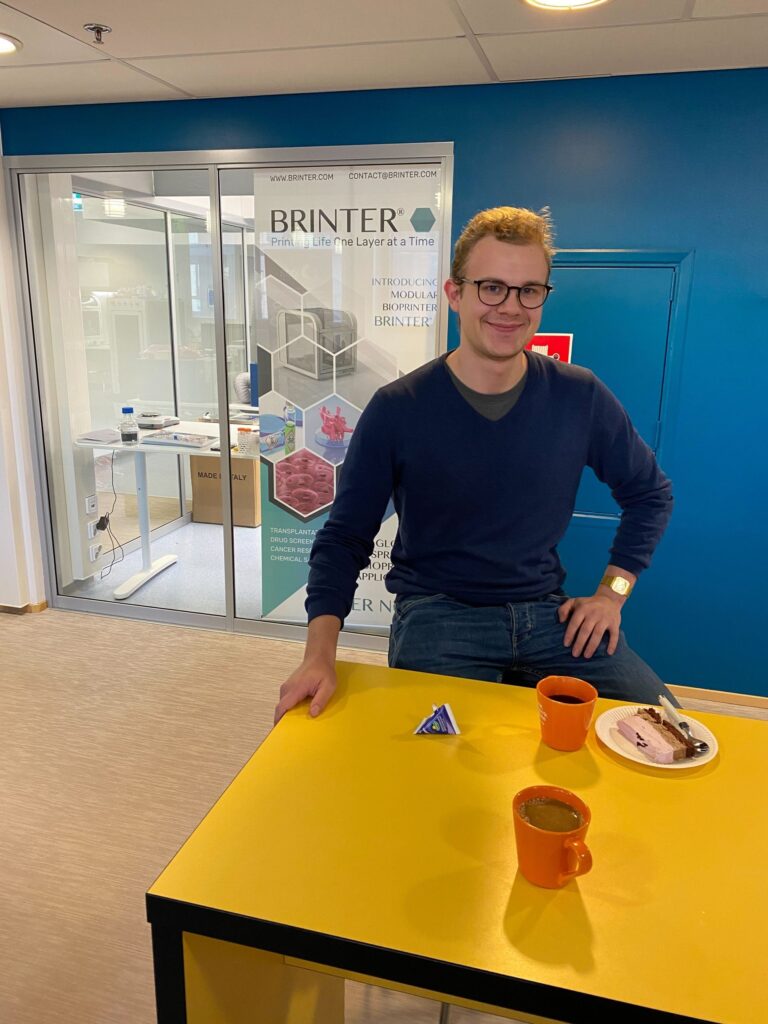https://www.utupub.fi/handle/10024/174189
By Akseli Vainio & Brinter Ltd
Publication Date: December 13, 2022
This thesis concentrates around 3D bioprinting of blood vessels using Brinter ONE platform and the triaxial toolhead. Samples were tested using UV curable silicone (for model testing) and telocollagen as a more physiological counterpart with cells. During this thesis also a guideline of 3D bioprinting on curved surfaces was developed.
This thesis shows a good example of the usability of Brinter ONE innovation platform to create new kind of research models
PhD Arjonen
Summary
3D bioprinting offers possibilities to develop tissue models that are more representative of real tissues than conventional 2D cell cultures. These models could have potential in tissue research, personalized cancer diagnostics and even regenerative medicine. In order to someday print larger functional tissues or organs vascularization is one critical aspect that has to be mastered. In this work the 3D printing of vessel structures was studied using extrusion printing methods. The main tool was a triaxial tool developed by Turku, Finland based company Brinter Ltd. The triaxial tool enables the simultaneous printing of 2-3 different materials from concentric channels. Materials used were UV-curable silicone, thermoreversible poloxamer and type I telocollagen. UV-silicone is an easily printable material well suited for testing. Poloxamer was used as a sacrificial material to create hollow structures. Collagen is a highly biocompatible material with great potential for bioprinting but a demanding curing process. Food-grade gelatin was also used to create a support slurry for embedded printing of collagen. Silicone vessels of various lengths and an outside diameter of 1,5 mm were printed using the triaxial tool. These vessels were able to transfer liquid and could be printed on the print platform and on top of curved models. Using a pH neutralizing gelatin slurry and temperature the gelatin could be cured. A collagen based bioink containing living cells was successfully printed using a screw driven extrusion tool to create 5 mm long tubes.
